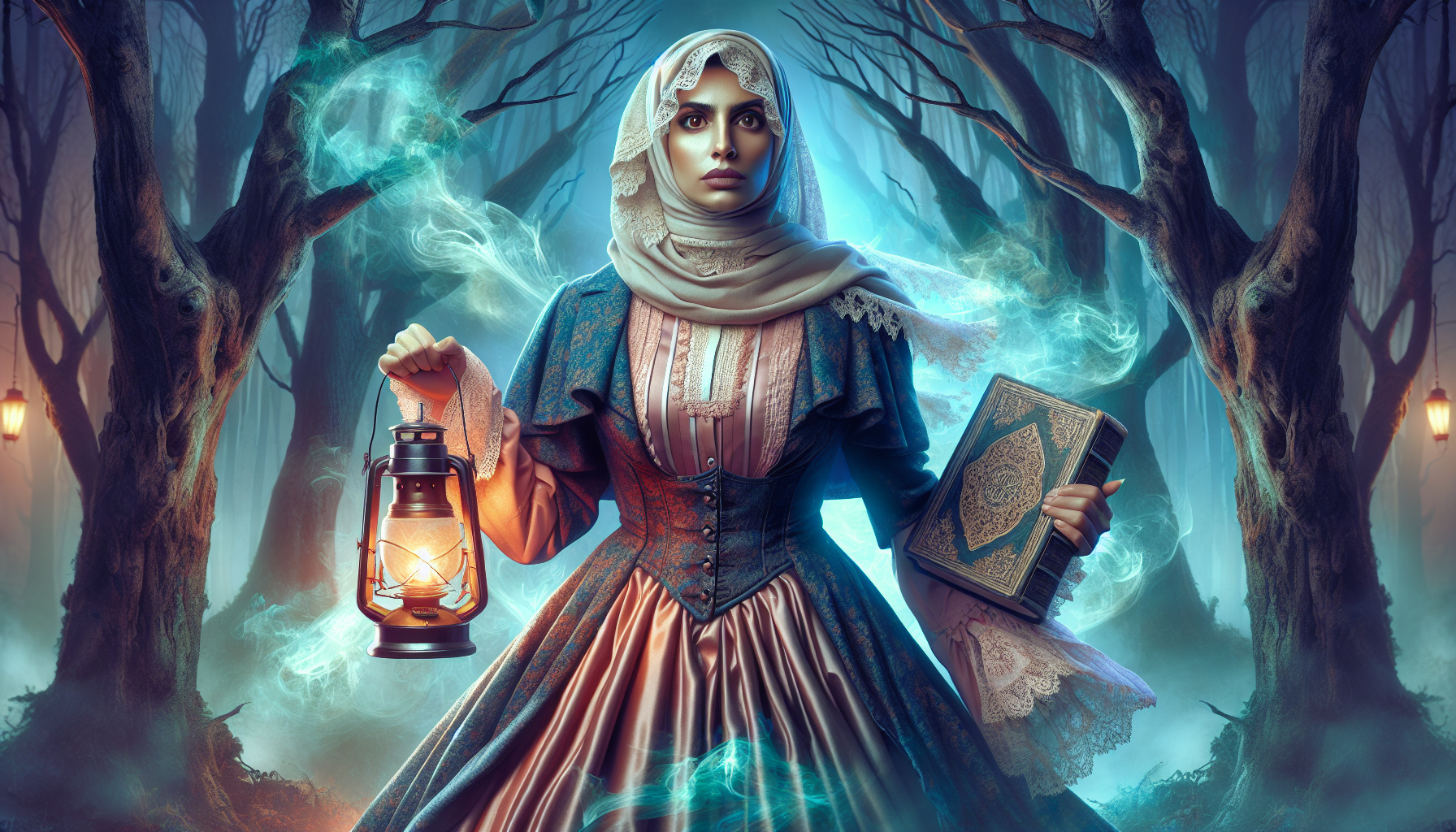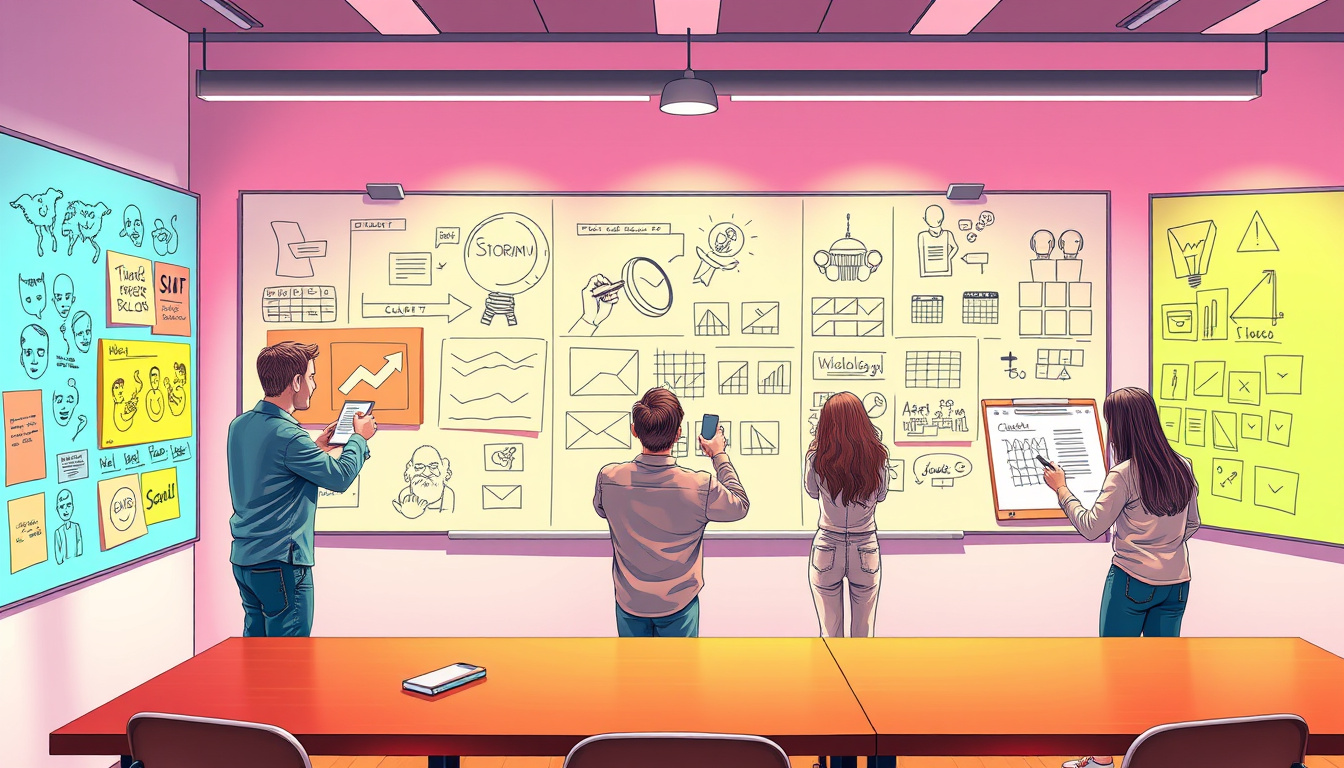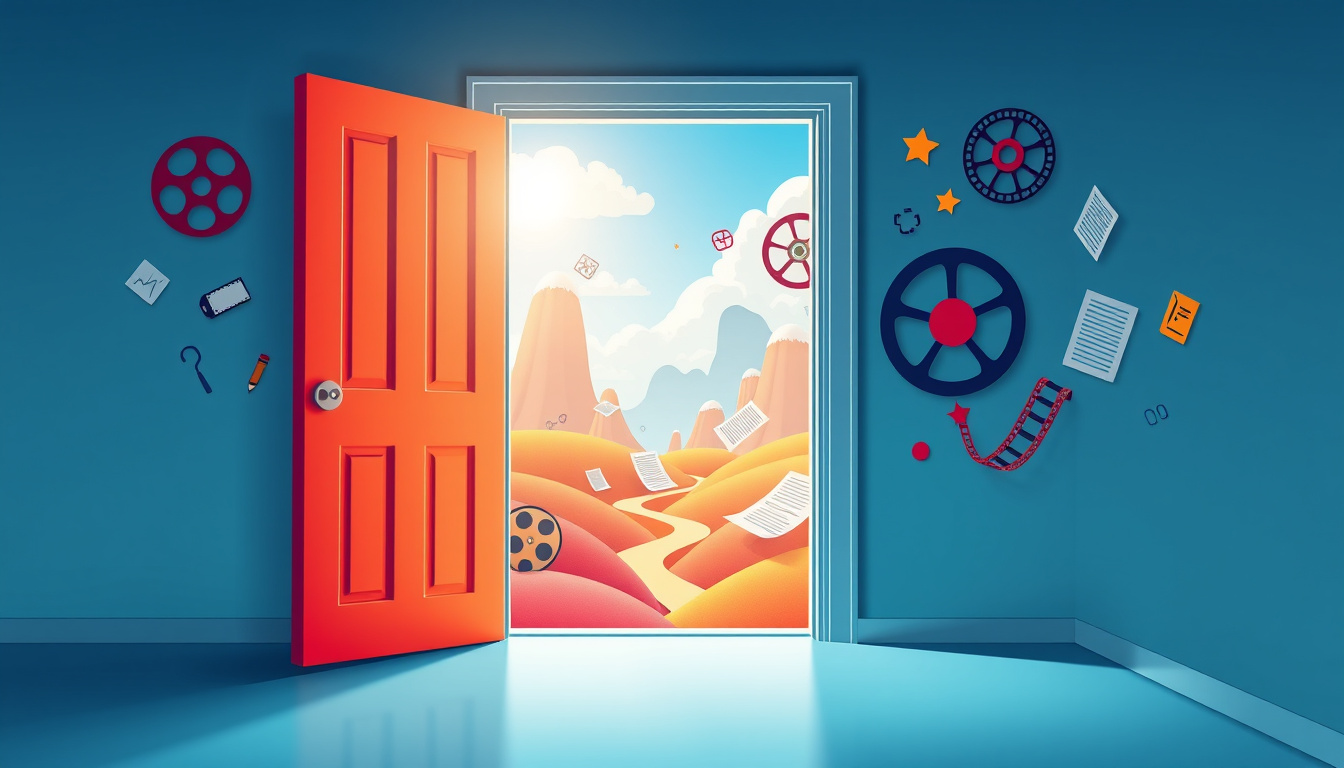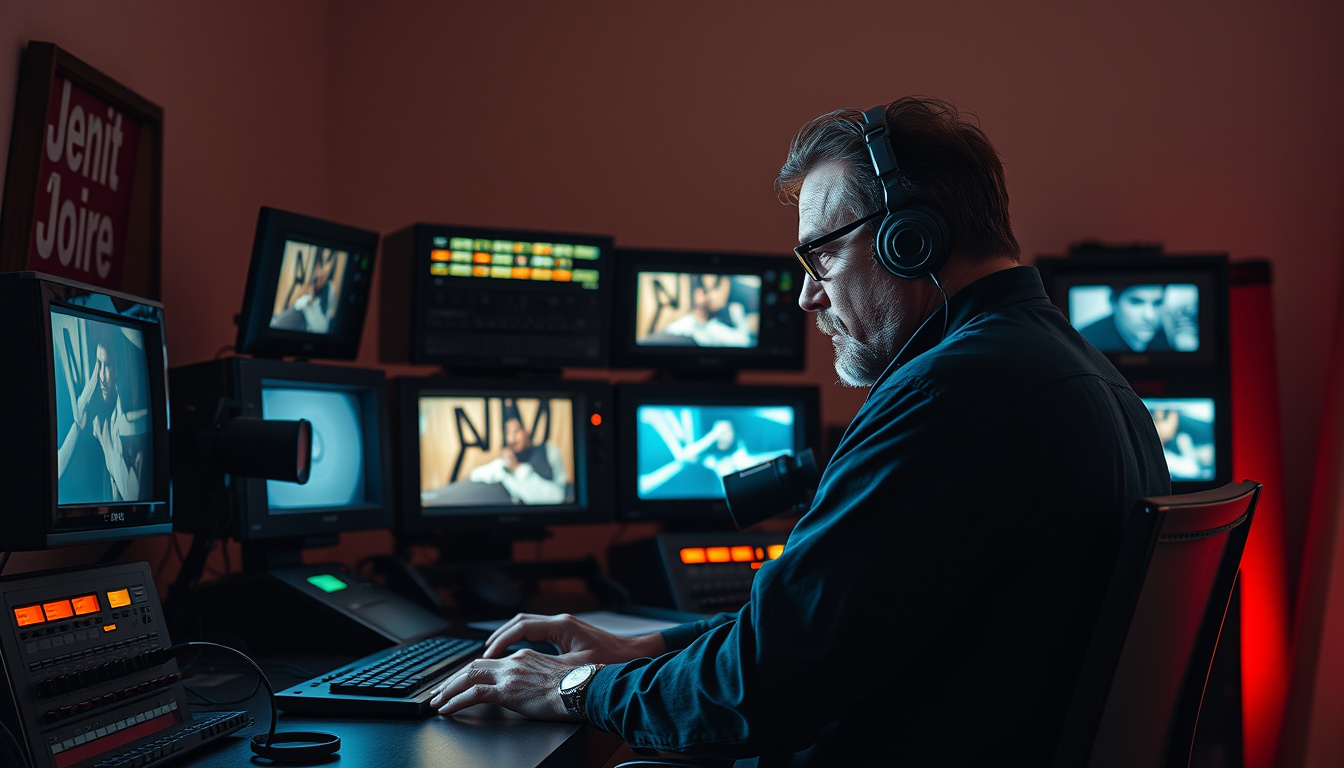
Why Horror Loves a Scream Queen and How It’s Changing
Once upon a time in the land of horror, women were seasoned professionals at screaming, tripping over roots in dark forests, and requiring a burly hero to save the day. My, how the cobwebs have been cleared since then! Today, the genre increasingly spotlights women not just as survivors, but as ingenious, complex protagonists—or delightfully wicked antagonists. The dagger has changed hands, so to speak, and it’s carving out a splendidly empowering narrative.
Throw Away the Victim Card: Embracing the Heroine
In the profound depths of horror, where the ominous ticking of the clock is as nerve-wracking as the sudden clap of thunder, female characters have pivoted from prey to powerhouse. Take, for instance, the gritty evolution from the shrieking victim in early horror films to the likes of Laurie Strode in the Halloween series. Here’s a character who evolved from a babysitter fighting for her life to a woman setting traps to catch the bogeyman.
This seismic shift doesn’t just apply to the physical realm of battling the monster. It’s also about psychological resilience and resourcefulness. The modern horror heroine can outsmart the villain with a plot twist so chilling, it deserves its own jump scare. Move over, simple survival skills; today’s horror heroines employ everything from cryptic puzzle-solving to psychological warfare to defeat their foes.
Crafting Strong Female Characters: Beyond the Stereotypes
Strong doesn’t always have to mean physically dominant or emotionally unflappable. In the ink-stained scripts of today’s horror cinema and literature, strength is multifaceted. A well-crafted female character might juggle the haunting memories of her past with the terror of an immediate threat, showcasing strength in vulnerability. Yes, she might wield a chainsaw, but she also harnesses the sheer force of her will, her wit, and perhaps even her wicked sense of humor.
Creators are digging deeper than ever into the psychological dimensions of their characters. They explore themes like motherhood, autonomy, and identity, and forge characters who aren’t just reacting to the world, but actively reshaping it. They make choices—even if those choices involve summoning a demon or two for the greater good (or just for the sheer, diabolical fun of it).
Banishing the Tropes to the Shadows
Enough with the damsel in distress tied up on the train tracks, waiting for rescue! Modern horror laughingly shoves this trope into the grave. Instead, filmmakers and writers conjure stories where the women seize the narrative, often literally. They’re not waiting to be saved; they’re doing the saving—or perhaps they’re running the whole spectral show.
There is a delectable shift toward complex, flawed, and unapologetically fierce female leads. They might make morally ambiguous decisions; they might terrify us; they might make us cheer. What they no longer do is wait passively in the shadows. They are the shadows—or better yet, they’re the ones turning on the lights, revealing horrors for us all to see, and then confronting them head-on.
The Importance of Diversity in Horror’s Heroines
Strength in horror also radiates through diversity. Characters from different backgrounds, cultures, and experiences enrich the narrative tapestries of our favorite spine-tingling tales, providing a plethora of perspectives and problem-solving tactics. It’s not just about having a token strong female character anymore; it’s about having a range of characters who represent different facets of strength, resilience, and even malevolence.
Redefining strength in horror involves peeling back the layers of each character, revealing the unique ways they face the abyss of terror. Whether it’s the single mother saving her children from a haunted house, the teenager outwitting a serial killer, or the wise elder using ancient lore to combat a curse, these characters all shatter the old molds and forge their own paths through the darkness.
Final Curtain: The Show Must Go On
The horror genre, with its eerie venues and heart-pounding narratives, is an ever-evolving panorama that reflects changing societal attitudes toward gender and power. As audiences crave more substance, depth, and innovation, the genre morphs—turning once-stereotypical damsels into leaders, sages, and warriors. Horror hasn’t merely opened the door for strong female characters; it has invited them in for dinner, handed them the carving knife, and seated them at the head of the table.
Empowering women in horror isn’t just about changing norms; it’s about crafting stories that resonate with authenticity and excitement. As we continue to embrace and promote these diverse, fierce characters, horror becomes not just a mirror to our darker selves but a celebration of our collective courage, creativity, and yes, even our capacity to conjure a bit of chaos. So, bring on the scream queens—the ones who are ready to scream back, fight back, and take back the night, one ghoul at a time.






